Though I try to maintain an appropriate, librarian-style low profile, I did something last September that made the news in several countries. I traveled to the Netherlands to collect interest on a bond owned by Yale University. What was particularly newsworthy about the transaction was that the bond had been issued in 1648 and was still bearing interest. This perpetual bond, created to raise funds to build a pier on a river near the town of Houten, currently generates €11.35 per year in interest. The payment I collected totaled €136.20 or about $153, covering a period of twelve years—a blip in the life of the document. And, despite news releases and a number of interviews I did with a number of news outlets (Bloomberg News, CBC), the focus was on the fact that Yale was collecting such a small sum of money. The message that I—and my colleagues at the Yale School of Management, who acquired the bond and donated it to Beinecke Library—intended to make is that a 367-year-old financial instrument that is still bearing interest makes for a great teaching moment. That moment is part of a larger project that the International Center for Finance (part of the Yale SOM) and the Beinecke have been working on for over a decade—documenting finance as a critical part of historical inquiry—through archival records.
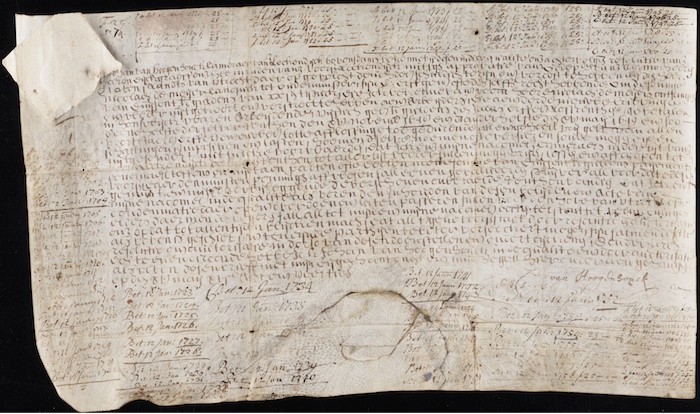

That Dutch bond, written in a flourishing hand on a piece of parchment has a certain charm, with all of the annotations on its margins recording interest payments over the centuries. A later investment document, for an annuity from the South Sea Company, issued in England in 1730, is largely printed, but bears a pair of extravagant signatures and an unmistakable “X,” indicating that the monies had been paid and the document was cancelled.
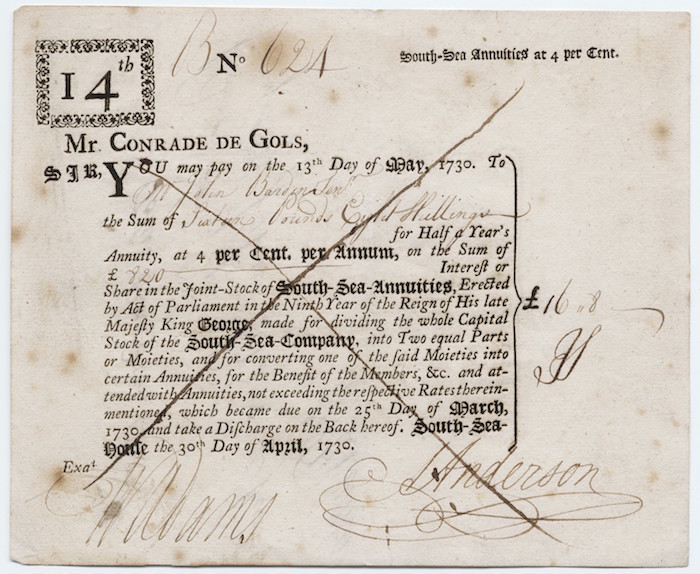

Another loan document, paying six percent per annum to the investor, one Seth Davenport, issued by the “State of the Massachusetts Bay,” dated September 26, 1777, is decidedly fancier, including a floriated border and a very early version of the state seal with its (then) newly-adopted official motto: Ense petit placidam sub libertate quietem.
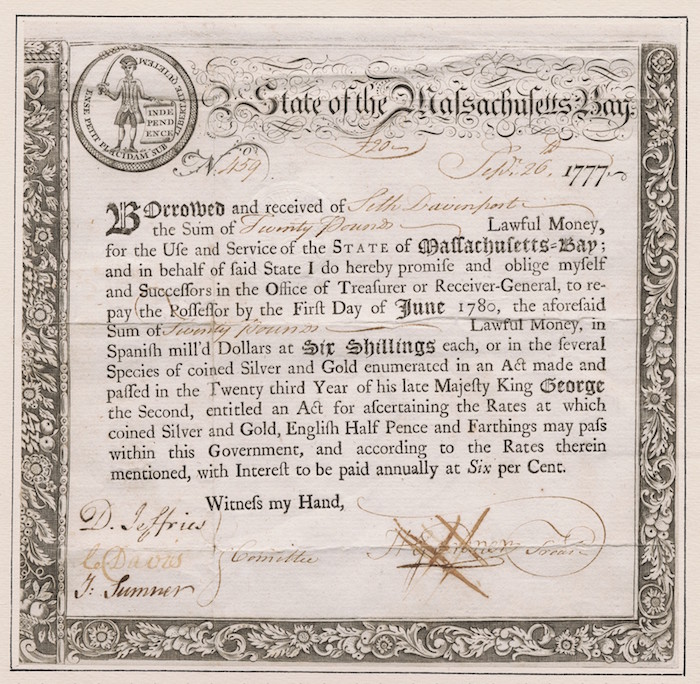

The most attractive items in the growing collection on finance are examples of paper money from various countries and historical periods. The earliest example of paper money in the collection is a bank note from the Hongwu period of the Ming Dynasty period from China. This daming tongxing baochao from 1375, printed from a carved wooden block on mulberry paper, depicts strings of metal coins and may be the earliest form of a bank note.
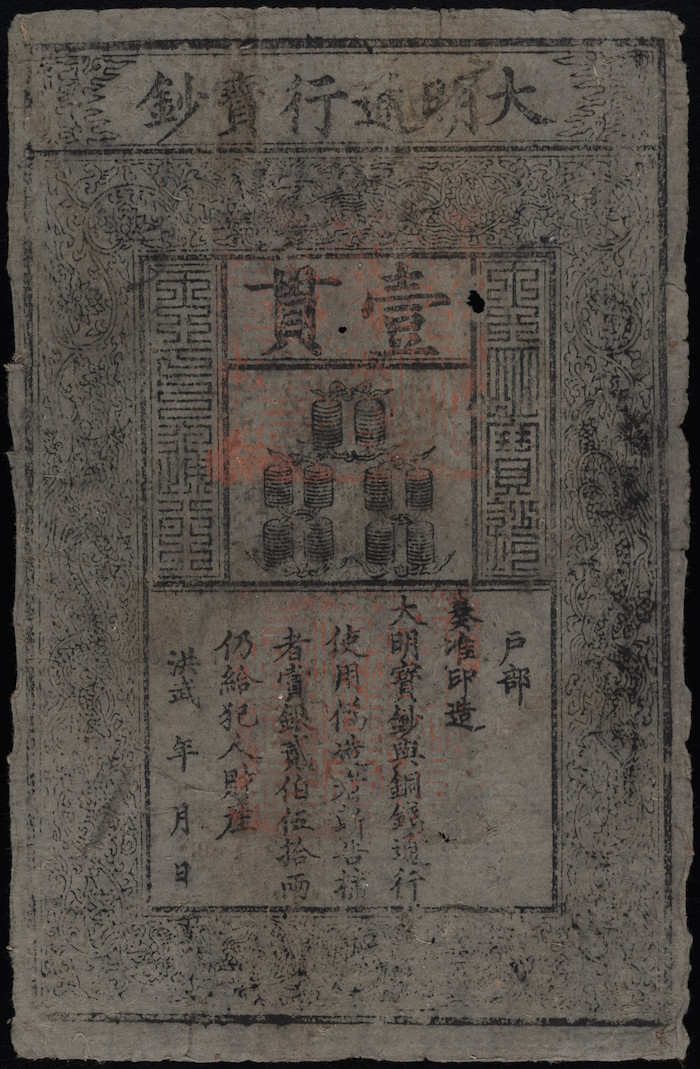
Some of the most handsome paper money can be found in a large collection of documents related to commerce in the original thirteen colonies along with records relating to fund-raising efforts to support the American War of Independence. One of the best examples is an interest-bearing dollar note issued by the state of Rhode Island and Providence Plantations. The bearer was promised a “Spanish milled dollar,” a silver coin better known as a “piece of eight.” The paper note shows a number of stylistic elements that are core to the design of paper money – special type (in fact, a broken form of italic capitals in the designation of “DOLLAR” on one side and a combination of positive and negative letters on the other), a mixture of colored inks (red and black), and fine typographic flourishes (in the borders and in the background of the circular motto [virtus] depressa resurget), All of these functioned to prevent forged or fake bills—since such specialized printing characters and technical skill would be beyond the reach and ability of counterfeiters.
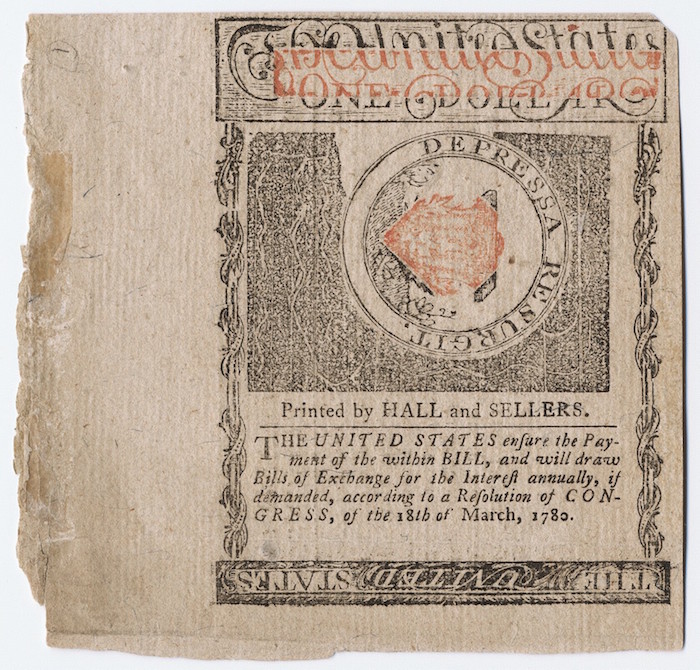
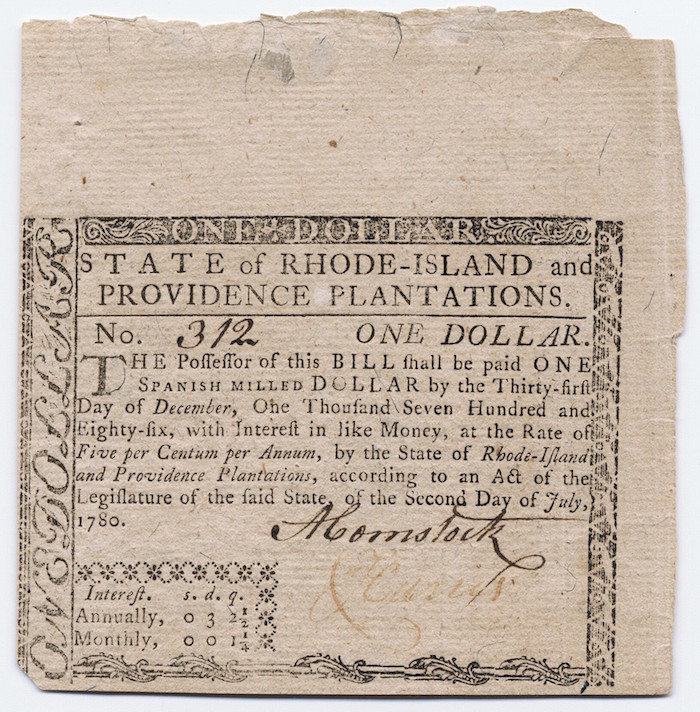
Also present in the collection at Beinecke Library are a group of notes that are familiar to many students of graphic design – the German notgeld notes designed by Herbert Bayer. These bills, produced in the early 1920s during a period of hyper-inflation, were issued in denominations of multiples of millions of marks. The young designer cut his teeth making these bills, in which the calm arrangement of color and form belied their role in the period of currency crisis.
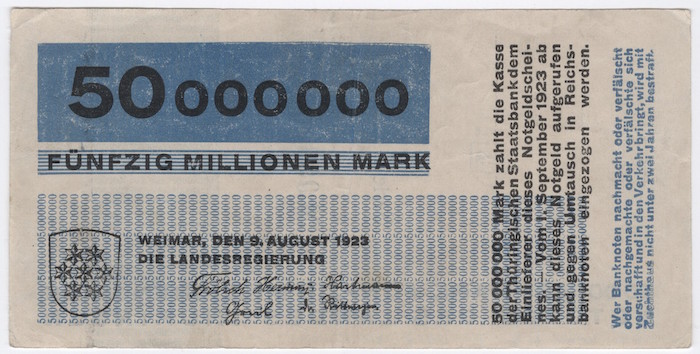
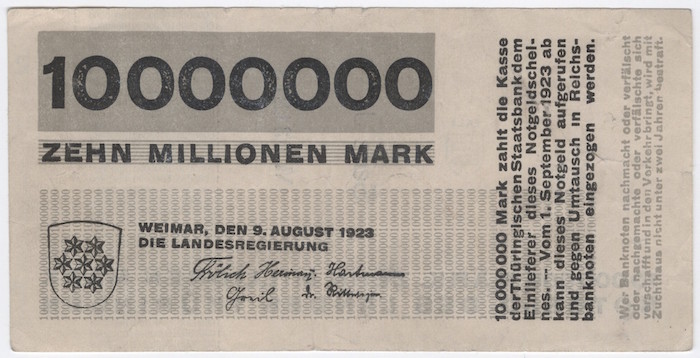
A pair of banknotes in the library’s collection, though not specifically acquired for their roles in the history of finance, tell other stories. A confederate twenty dollar bill, handsome on its own with its vignettes on one side and the bold blue pattern on the reverse, takes on special significance when identified as having been inserted in a presentation copy of an 1889 edition of Leaves of Grass given by Walt Whitman to his acquaintance, Harry Buxton Forman, an editor now best-remembered for creating literary forgeries at the end of the nineteenth century.
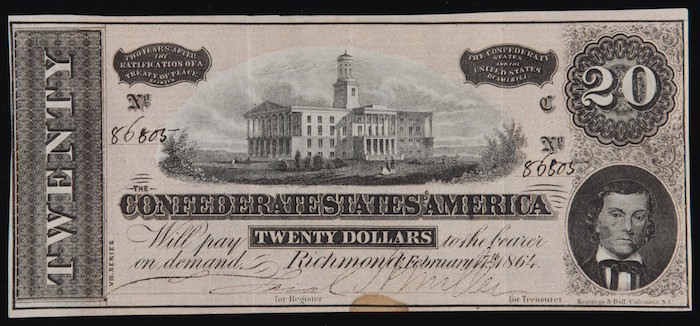
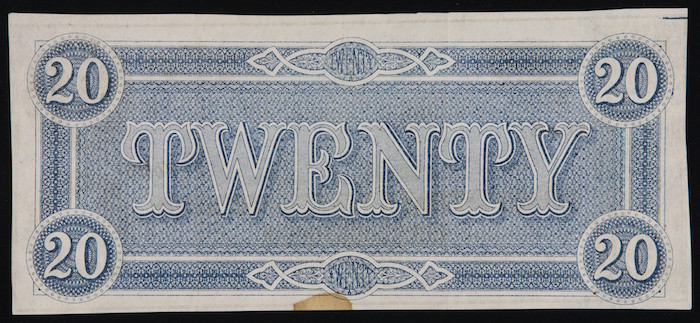
A more arresting item is a one dollar note from 1957 stamped on its verso with the phrase “The NAACP is a communist front group.” Acquired with a group of records documenting activities of the NAACP in the middle of the twentieth century, the dollar shows how a piece of heavily circulated paper can be altered to carry a message of propaganda.
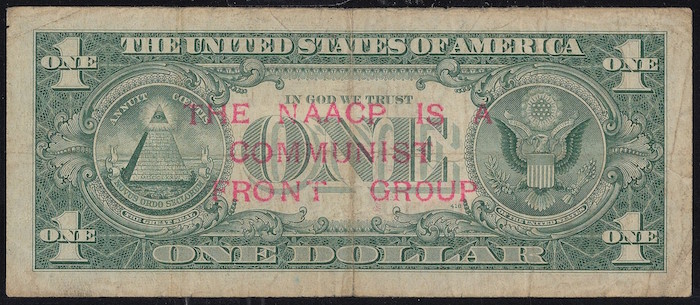
All of these paper objects still hold value—perhaps not in the same way that the persistent Dutch bond does—but in the stories they carry. Similar to other paper records, they bring forth their own intended histories while gathering evidence of social, political, literary and design history along the way.
